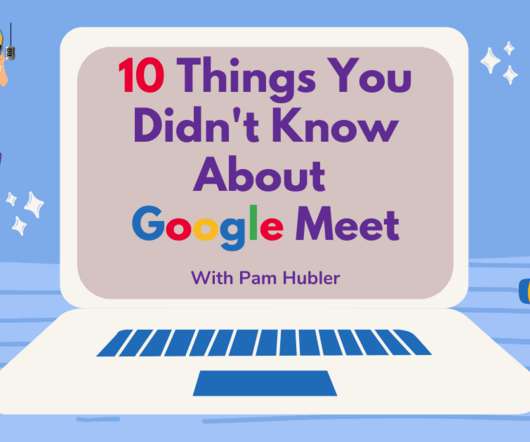The Professional Learning Sweet Spot
A Principal's Reflections
NOVEMBER 8, 2020
For the better part of my educational career, I always referred to any type of learning to assist me as a teacher or administrator as professional development (PD). In March of 2009, I began to use Twitter, and it was at this time that I began to create a Personal Learning Network (PLN).















Let's personalize your content